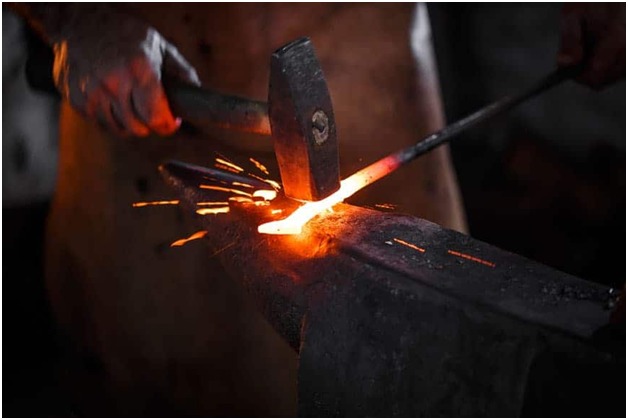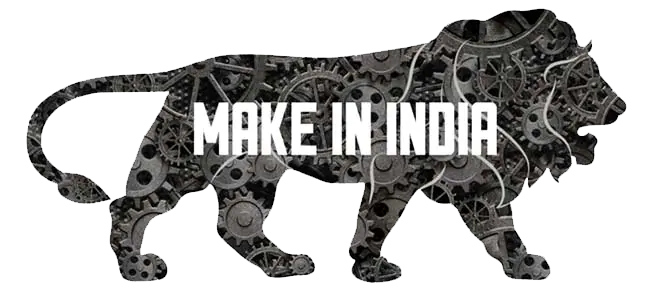Forging refers to the shaping of metal by hammering, pressing, or rolling techniques. Manufacturers use hammers or dies for applying compressive force in the forging process. This process gets separated into three types based on the temperature. They are – hot forging, cold and warm forging methods.
Metal forging occupies a prominent place in the ancient metallurgical process that was used by mankind in the process of civilization.
As per historical records, steel forging dates back to 6000 years.
A forging technique dates as far back as 4000 BC. Records reveal that metals were not only heated but also forged in Mesopotamia. The location – between Tigris and the Euphrates.
Fire was once a threat representing uncontrollable destruction. But, mankind soon started to use it for its own purposes. Soon, people discovered that fire can help shape metals (gold, silver, copper, lead, and pewter). This paved the way for the evolution of forging art. In recent times, you can relate to the development of computer-calculated forging parts.
In the early days, early man used bronze and iron to forge hand tools, weapons of war, and jewellery. Gold, yet, was the first metal employed by humans and forged by fire. Early man used rock as a forging hammer to shape the metal. Forging iron and steel by precision continued through the end of the 19th century.
Hot Forging Process
In this process, the alloy gets heated to the highest temperature. But care is also taken to ensure that it does not affect the alloy’s metallurgical properties.
Strain hardening can happen if recrystallisation happens at the same time with deformation. So, manufacturing engineers keep an eye to prevent the occurrence of strain hardening. The forging temperature remains above a certain minimum, depending on the alloy, throughout the entire process. The advantage, brittleness does not happen. The process is carried out in such a way that the metal should not become brittle. The reason, the alloy can develop cracks because of its reduced ductility at low temperatures. To respect these temperature limits, the forging sequence is subsequently limited in time.
When forging reaches the lower limit, reheating may be necessary. You can label the part as forged but to get the end product, the process can get finished by other means. Since the interval of temperature for hot forging is so important, all tooling is preheated before use to prevent the component from losing heat during forging.
This image is taken from the website – Facfox.com
Advantages of Hot Forging:
- As the metal is deformed, strain-hardening is negated by the recrystallization process.
- Due to their increased ductility, parts are appropriate for a wide range of configurations.
- Homogenized Grain Structure.
- The absence of pores on the surface allows for a range of finishing operations, including polishing and surface treatment.
- A process that is efficient when working with hard metals like steel.
Applications of Hot Forging
Due to the recrystallization brought about by high temperatures and enhanced formability, very fine-grained microstructure can be precisely adjusted. Importance is given to stronger durability combinations than with other metal processes. When it comes to manufacturing by static (as well as dynamic) high operating loads, the manufacturers prefer the hot die forging process. Generally, these components are called “Safety-Critical Parts”. The automotive and aerospace sectors are therefore among the most important buyers of hot forgings.
Steel forging is primarily used in automotive forging. The use of wrought aluminum alloys is on the rise due to the increasing demands for lightweight constructions; the use of magnesium is rare.
In closed die forging, parts are usually forged between the small to medium segment when it comes to the volume segment. The result is the ability to use most automatic components with high strength and efficiency.
Besides steel forgings, aerospace manufacturers use high-strength alloys such as nickel-based and titanium alloys, as well as lightweight materials such as aluminum alloys and magnesium.
Applications of hot forging go beyond automotive and aerospace. Hot forgings can also be used in the following other fields of application as well:
- Construction industry
- Mechanical engineering
- Agriculture
- Defense industry
- Steel construction




